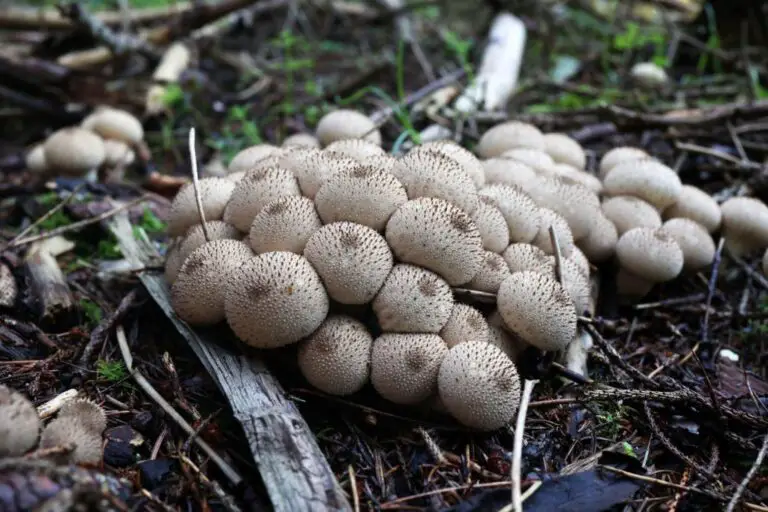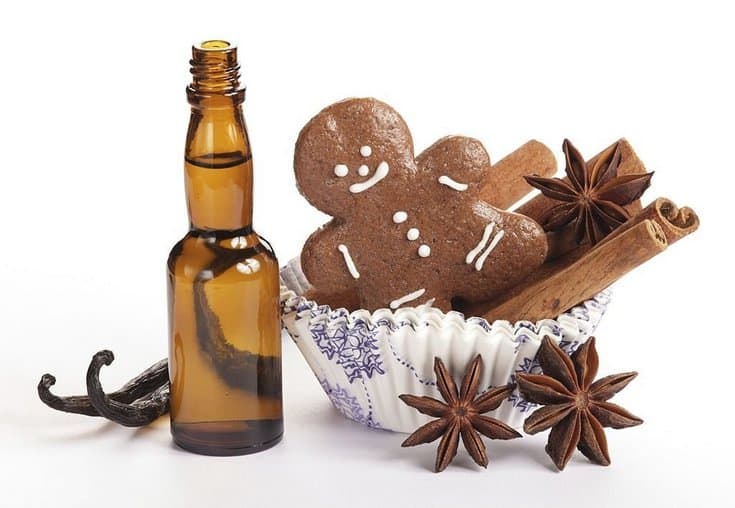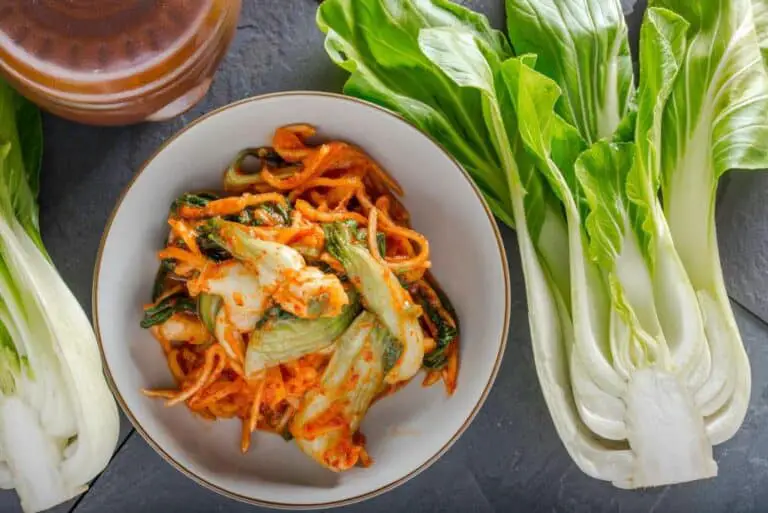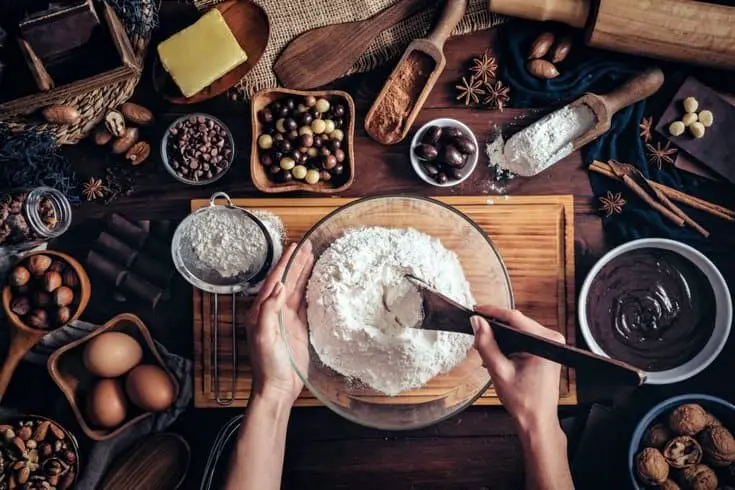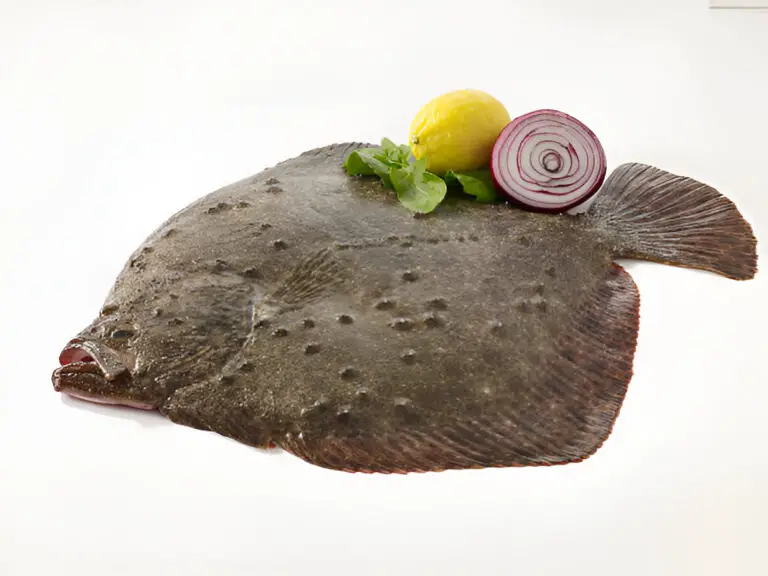Does Vanilla Extract Have Sugar or Carbs? (How Many Calories?)
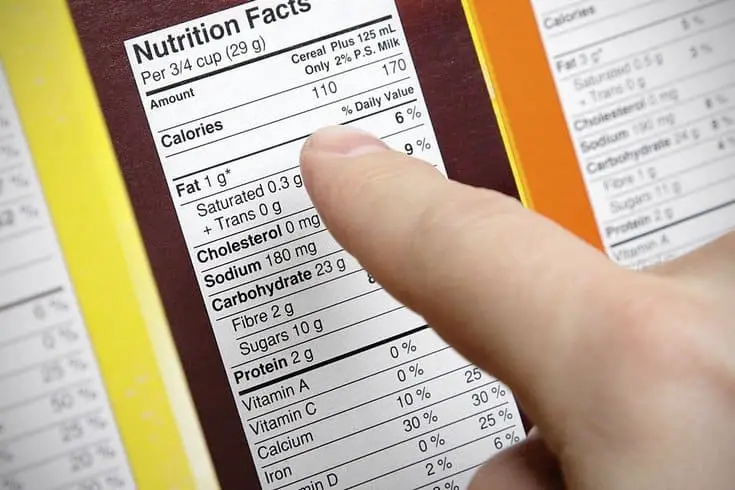
Vanilla extract is a flavoring that is used in many types of food. It is made from vanilla beans, which are a pod-like fruit that grows on the vanilla plant. The bean is dried and then soaked in alcohol, which extracts the flavor.
Vanilla extract has a sweet and creamy flavor that pairs well with many types of dishes and cookies. However, many consumers are unaware of whether it contains sugar or carbohydrates.
So, does vanilla extract have sugar or carbs? Yes, vanilla extract has a small amount of sugar and carbs. It’s not much of a concern for our health. It is much less so if you only add a few drops or a dash of vanilla extract to your coffee or smoothie.
In this article, we walk you through the ingredients and nutritional value of vanilla extract. This way, you can enjoy vanilla extract without worrying about how much of your calorie consumption it consumes. You can apply it to your dishes or drinks that use this wonderful flavoring extract.
Does Vanilla Extract Have Sugar or Carbs?
There is sugar in most foods, and vanilla extract is not an exception. Yes, vanilla extract contains sugar and carbs, even in small amounts. Many people don’t realize that foods flavored with things like vanilla extract contain sugar.
Vanilla extract is made from the beans of the vanilla orchid, and the sugar is extracted from the beans. The sugar content will depend on the brand of vanilla extract that you buy.
If you are trying to avoid sugar, you should be aware of the sugar content of vanilla extract and choose a brand that has lower sugar content.
How Much Sugar in Vanilla Extract?
Now you know that there is sugar in vanilla extract. But how much sugar is in vanilla extract? And what are the health implications of consuming sugar?
The sugar content in vanilla extract can vary depending on the brand. However, most vanilla extracts contain about 12-20 grams of sugar per tablespoon.
For people who are mindful of their sugar intake, it is important to be aware of the amount of sugar in vanilla extract before using it in recipes. Although it might not seem like much, the extra sugar can add up and negatively impact your diet.
For people with diabetes, this could mean up to 48 grams of sugar for just one tablespoon. This high amount of sugar could also be a concern for people who are trying to watch their weight or who have other chronic health conditions.
The American Heart Association recommends that people consume no more than six teaspoons (30 grams) of added sugar per day. So if you’re using vanilla extract in recipes, be sure to account for the added sugar you consume from other foods.
How Many Calories in Vanilla Extract?
In general, vanilla extract contains about 20 calories per teaspoon. This number can change depending on the brand, so it’s always important to check the nutrition label.
Due to such a small number of calories per serving, vanilla extract is considered a low-calorie way to add flavor to foods. However, because vanilla extract is often used in baking and other recipes, it can add up to a significant number of calories over time.
How Many Carbohydrates Are in Vanilla Extract?
There are 1.6 grams of net carbs per tablespoon of pure vanilla extract. One teaspoon of vanilla extract is typically all that’s needed in a recipe, so it won’t make much of a difference in terms of carb count.
To simplify, three teaspoons equal one tablespoon of vanilla extract. Thus, 0.50 grams of net carbohydrates is equivalent to one teaspoon of pure vanilla extract.
Looking at the numbers, it’s not much of a concern for our health. It is much less so if you only add a few drops or a dash of vanilla extract to your coffee or smoothie.
The issue arises from the use of imitation vanilla. Imitation vanilla ingredients, which are not the same as vanilla extract. The entirely manufactured imitation variations also include sugar or corn syrup, in addition to harmful chemicals and additional preservatives.
Vanilla beans, as opposed to vanilla extract, are the purest form of this unique spice since they lack the alcohol that is used to extract its essence. There are 0.1 grams of carbohydrates in one vanilla bean.
The Nutritional Value of Raw Vanilla Extract
A little-known fact is that vanilla extract is a great source of dietary fiber. Just 2 tablespoons of raw vanilla extract contain 4 grams of dietary fiber. This means that it can help to keep you regular and promote healthy digestion.
Additionally, vanilla extract is a good source of potassium. Potassium is an important mineral that helps to regulate blood pressure and heart function. It also plays a key role in muscle contraction and nerve signaling.
Lastly, vanilla extract contains small amounts of other essential minerals such as magnesium, calcium, phosphorous, and zinc. These minerals are all important for maintaining good health.
One-teaspoon serving of raw vanilla extract that is normally used in baking recipes contains:
Calories: 12
Protein: 3 milligrams
Fat: 3 milligrams
Carbohydrates: 531 milligrams
Sugar: 531 milligrams
What is Vanilla Sugar?

It is a type of sugar that has been infused with the flavor of vanilla. It can be made by adding vanilla extract to granulated sugar or by scraping the seeds from a vanilla bean and mixing them into sugar. Vanilla sugar can be used in place of regular sugar in recipes, or it can be added to coffee or tea for a boost of flavor.
In Europe, vanilla sugar is frequently used as a finishing sugar as well as a baking sugar. You may buy little, single-serving sachets of vanilla sugar in nations where it is regularly used.
Vanilla sugar is frequently used in baked goods as a flavoring sweetener in the batter or dough, but it may also be used as a finishing touch sprinkled on top of those just-baked cakes, pies, and, of course, cookies. Vanilla sugar is a wonderful ingredient to use in homemade icings as well as whipped cream.
How to Make Vanilla Sugar?
What you need:
- Vanilla Beans: You’ll need both the beans and the seeds inside it. Only one bean is required for every two cups of sugar, and excess beans can be used to make vanilla extract. Vanilla beans are available online and in the spice section of the majority of supermarkets.
- Sugar: If you use ordinary granulated sugar, the vanilla taste will be the most apparent.
- Food Processor: Although not necessary, a food processor or blender is highly useful. Any little chopstick will do, even a coffee bean grinder. You may just whisk the sugar and vanilla bean seeds together in a bowl without using a food processor or blender.
- Jar: The sugar can be stored in any jar or other container suitable for storing normal sugar. To maintain freshness, make sure the container is constantly properly sealed. It is best to use jars with fairly wide mouths since it makes scooping out the sugar simpler.
How to make it:
- Put sugar in a bowl, food processor, or blender.
- Cut the pod of vanilla beans in half along its length. Get the seeds out with a knife. Sprinkle the seeds over the sugar. Please (don’t throw away the empty pods or beans)! Scrape the seeds from the knife with a spoon or another knife; they’re sticky and clumpy.
- Pulse/blend/whisk the seeds until they are completely broken up and mixed. When you use a machine, you also break the sugar down. In most cases, you may use finer sugar in place of regular sugar. Fill your container with vanilla sugar.
- Put the sugar inside the empty bean or pod. If necessary, cut it to fit. The empty bean builds flavor over time.
- If you want the best flavor, wait at least two weeks before using sugar.
Final Thoughts
In conclusion, vanilla extract does have sugar and carbs. However, the amount is relatively low and can be easily fit into a healthy diet. If you are looking to add vanilla extract to your food, be sure to account for the sugar and carbs when calculating your daily intake.
On the other hand, vanilla sugar is a different thing. It is a type of sugar that has been infused with the flavor of vanilla. It can be made by adding vanilla extract to granulated sugar, or by scraping the seeds from a vanilla bean and mixing them into sugar.
Vanilla sugar can be used in place of regular sugar in recipes, or it can be added to coffee or tea for a boost of flavor.

